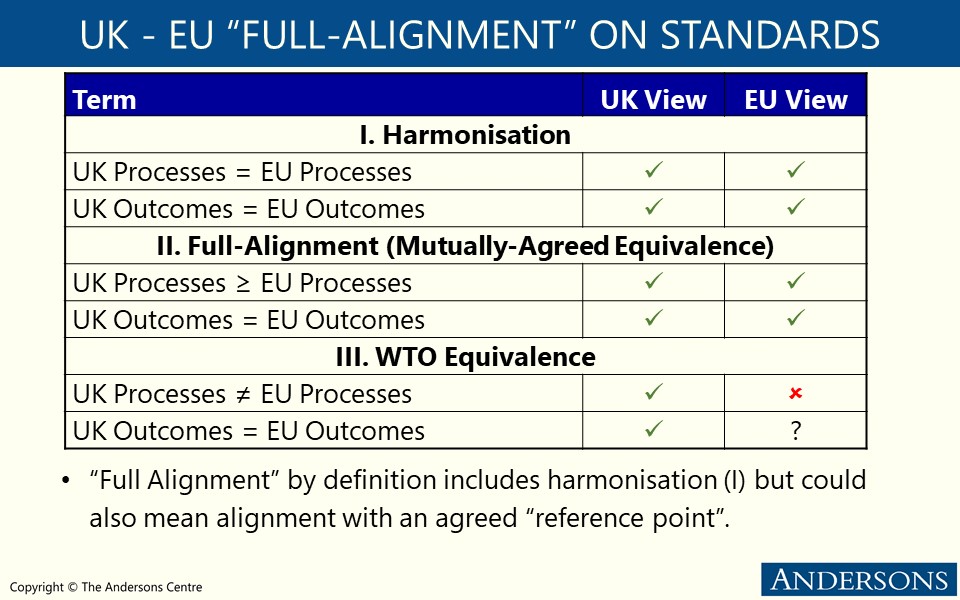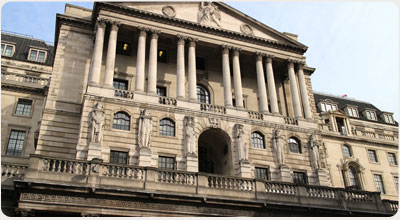On 25th February, the European Council approved the negotiating Directive (mandate) which will be used by the European Commission as a guide in its talks with the UK on the future trading relationship. It claims that the EU is ready to ‘offer an ambitious, wide-ranging and balanced partnership to the UK for the benefit of both sides’. The UK is expected to publish its negotiating position shortly.
The EU is seeking to establish a Free Trade Agreement (FTA) with the UK which ensures that zero tariffs and quotas apply to trade in goods. However, it is also pursuing robust commitments to ensure there is a level playing field for open and fair competition between the EU and the UK – effectively the UK having to adhere to current EU standards and regulations. This is a clear problem for the UK Government which has stated that the whole point of Brexit is the the freedom to set our own rules. It also points out that the EU has not required other countries that it has signed FTAs with, such as Canada, to align their regulations with Europe. The EU counters that, given the volume of trade and close geographic proximity between the UK and EU, this is a special case.
Interestingly, in an ambassadorial meeting of EU Member States in drafting the EU’s negotiating mandate it has called for EU rules (‘union standards’) to be used as a ‘reference point’ to determine whether level playing-field requirements have been respected. This indicates that there might be some wriggle-room for the UK to adopt slightly different standards to the EU in some areas. This would hold as long as the EU views those standards as being essentially the same (or higher) in terms of the outcomes achieved. This becomes crucial for sensitive products such as agri-food where there has been a huge amount of debate as to whether the UK will accept chlorinated (or lactic acid-washed) chicken in the future from the US.
It remains to be seen what will eventually be agreed as the negotiating mandates (positions) should be very much seen as an initial starting point. Negotiations are set to formally begin in early March and the EU has indicated that these negotiations need to be completed by end of October to give the EU institutions and Member States sufficient time to ratify any deal. As stated previously, this timeline is a very tall order given the amount of time it has taken in the past to negotiate FTAs.
Further information on the EU Council’s negotiating directives can be found via: https://www.consilium.europa.eu/en/press/press-releases/2020/02/25/eu-uk-relations-council-gives-go-ahead-for-talks-to-start-and-adopts-negotiating-directives/

